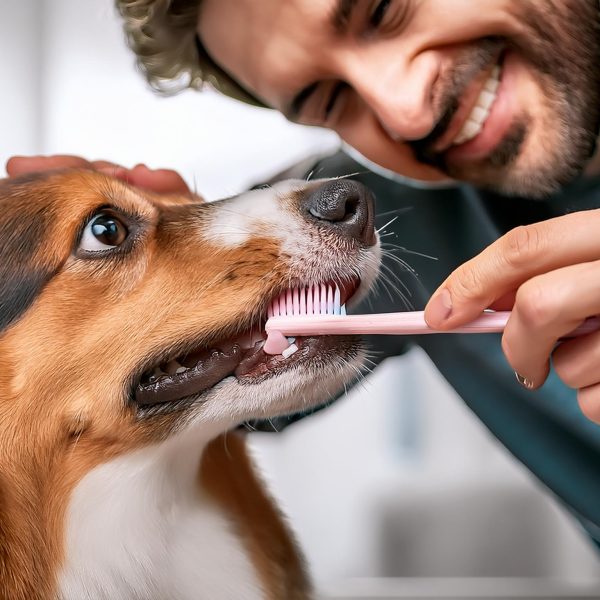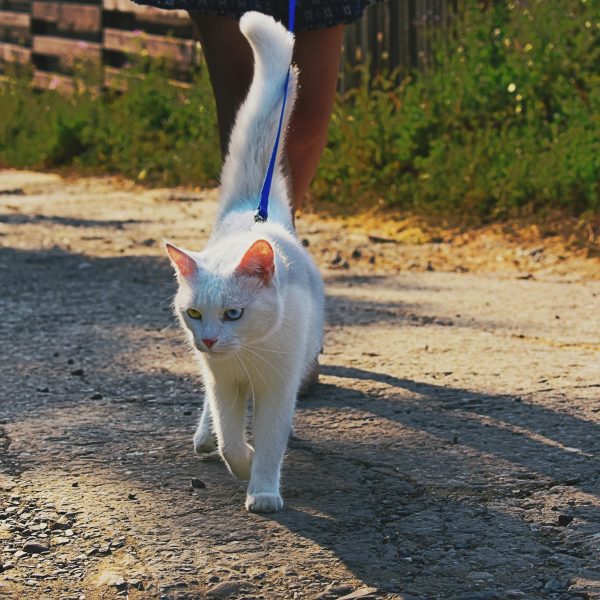The issue of obesity is becoming more widespread, impacting the health and well-being of pets worldwide. Like in humans, obesity in pets can lead to health issues such as diabetes, heart problems, arthritis, and a shorter lifespan. It’s crucial for pet owners to grasp the reasons behind obesity, its risks, and how to manage it to ensure their beloved furry friends lead long and healthy lives.
Grasping Pet Obesity
Pet obesity refers to an accumulation of body fat that harms their health. A pet is deemed obese if they weigh over 20% of their ideal body weight. While some pets may naturally have larger bodies, obesity often results from an imbalance between calorie intake and expenditure. When pets consume more calories than they burn through activity, the surplus gets stored as fat.
Factors Contributing to Pet Obesity
Several factors can contribute to obesity:
- Overfeeding: Overfeeding is a common cause of pet obesity. Many owners tend to overestimate their pet’s food needs or indulge them with excessive treats. Moreover, providing food freely throughout the day for pets to eat whenever they want can result in them consuming too many calories.
- Insufficient Physical Activity: Pets that do not engage in enough exercise are more likely to put on weight. In today’s world, pets, like cats and dogs, often lead sedentary lives with limited chances for physical activity.
- Age Factor: As pets grow older, their metabolism slows down, causing them to become less active and more prone to gaining weight.
- Genetics: Some breeds have a predisposition to gaining weight easily. For instance, Labrador Retrievers, Dachshunds, and Beagles are recognized for their susceptibility to obesity.
- Health Conditions: Conditions like hypothyroidism, Cushing’s disease, and other hormonal imbalances can contribute to weight gain in pets. Moreover, certain medications such as corticosteroids can increase appetite and reduce metabolism.
- Spaying/Neutering Impact: While spaying or neutering is crucial for managing the pet population, it can lower metabolism levels in pets, making weight gain more likely.
Health Risks of Pet Obesity
Obesity is not merely a concern; it brings about significant health hazards. Here are some potential outcomes to consider:
- Diabetes: Obesity significantly increases the risk of pets developing diabetes. Excess fat can lead to insulin resistance, causing high blood sugar levels.
- Joint Troubles: Carrying extra weight strains a pet’s joints, potentially leading to conditions like arthritis. This is especially concerning for older pets and breeds prone to joint issues.
- Heart Conditions: Obese pets face a higher likelihood of heart problems. The extra weight can result in high blood pressure, added strain on the heart, and eventually heart disease.
- Breathing Problems: Overweight pets may struggle with breathing during activity or in warm weather. This can limit their ability to stay active and worsen their obesity.
- Reduced Lifespan: Research indicates that obese pets tend to have shorter lifespans than those at a healthy weight. The burden of carrying extra weight can accelerate aging and lead to premature death.
Managing Pet Obesity
Preventing and addressing obesity involves a mix of diet, regular exercise, and monitoring. Pet owners can take these steps to help their furry friends maintain a healthy weight:
- Seek Veterinary Advice: It’s crucial to consult with a veterinarian before initiating any weight management program. It’s important to keep an eye on your pet’s health, find the ideal weight for them, and get personalized advice on their diet and exercise routine.
- Portion Control: Make sure to measure out your pet’s food to prevent overfeeding. Most commercial pet foods come with feeding instructions tailored to your pet’s weight and activity level – stick to these guidelines and adjust as necessary.
- Diet Selection: Picking a nutritionally complete diet is key for managing your pet’s weight. Some pets might benefit from weight management or low-calorie diets designed for animals. Avoid giving them table scraps or high-calorie treats that could lead to extra pounds.
- Regular Exercise: Exercise plays a vital role in weight management. Dogs should be taken for walks, while indoor cats can benefit from toys and activities that encourage movement.
- Treat Management: Offer treats sparingly and factor them into your pet’s calorie intake. Choose low-calorie options, or use a portion of their regular food as a treat instead.
- Monitor Progress: Keep an eye on your pet’s progress by checking their weight and body condition. You can weigh them at home or during vet visits to monitor how they’re doing. If there is a lack of progress, it might be helpful to make some changes to the diet or exercise routine.
Addressing obesity is crucial and requires pet owners’ dedication. By recognizing the reasons behind obesity, understanding the dangers it poses, and implementing a thorough management strategy, pet owners can support their pets in reaching and maintaining a healthy weight. This not only enhances their well-being but also lengthens their lifespan, enabling them to have more joyful and vibrant years with their loved ones.








